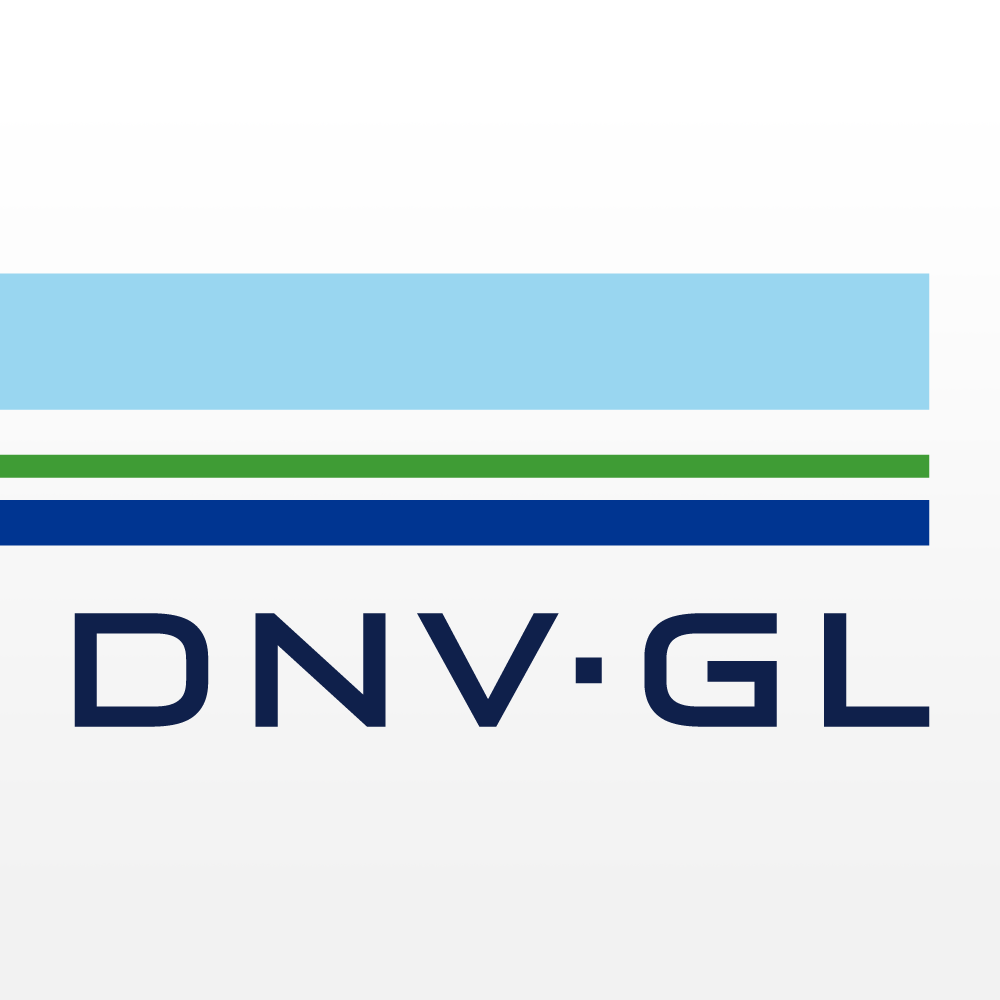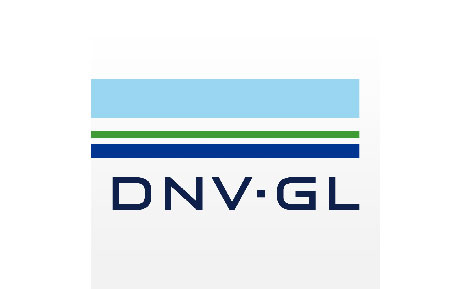The design requirements of concrete coated pipelines are based on simple and general criteria created more than twenty years ago.
 As this does not meet the complex demands of today’s larger diameter pipelines operating in deeper and more challenging environments, DNV GL is launching the second phase of a joint industry project (JIP) to develop a design guideline that complements current pipeline codes and standards.
As this does not meet the complex demands of today’s larger diameter pipelines operating in deeper and more challenging environments, DNV GL is launching the second phase of a joint industry project (JIP) to develop a design guideline that complements current pipeline codes and standards.
Phase 1 of the project has now completed and involved ShawCor LLC, McDermott, PAPE Engineering, Saipem, SVAP, Wasco, and Technip FMC. This developed numerical and analytical approaches to better understand the behaviour of concrete coated pipelines.
The second phase, which is expected to last two years, is now open to pipeline operators, designers, installation contractors and coating contractors.
 Brice Le Gallo, Regional Manager, South East Asia and Australia, DNV GL – Oil & Gas
Brice Le Gallo, Regional Manager, South East Asia and Australia, DNV GL – Oil & Gas
“Participants involved in the first phase of the project successfully created comprehensive models and approaches to better understand the vast array of factors to determine pipeline concrete coating behaviour and thereby save significant costs during installation and operation. To incorporate these results into pipeline codes and standards, and therefore unlock significant potential savings, they need to be confirmed through physical testing,” said Brice Le Gallo, Regional Manager, South East Asia and Australia, DNV GL – Oil & Gas.
Phase 2 will verify and further develop the extensive results achieved from the initial desktop study. The scope of work will involve the collection of full-scale bending test data using large diameter pipeline sections with different types of anti-corrosion coating between the steel pipe and the concrete coating. Bending into the nonlinear strain range will be investigated alongside multiple reversed bending cycles and internal pressure. Field joint infill with significant stiffness and strength will also be included in the test program. An extensive experimental and numerical database will then be developed to support the understanding on the behaviour of concrete coated pipelines with a wide range of geometrical, material and loading parameters.
“Phase 1 of the JIP revealed significant potential for cost savings with respect to pipeline installation. Weather restrictions can be relaxed, and/or stringent requirements reduced which allows more flexibility when choosing the installation vessel. These benefits now need to be confirmed by full-scale testing. The ultimate aim of Phase 2 is to develop relevant design guidelines that complement current pipeline standards. Based on deeper understanding, the design can be more comprehensive and save cost for installation and operation. This will give greater confidence and clarity on safety margins and reduce cost by mitigating overdesign,” added Olav Fyrileiv, Technology Leader for Pipeline and Material, with DNV GL – Oil & Gas.


